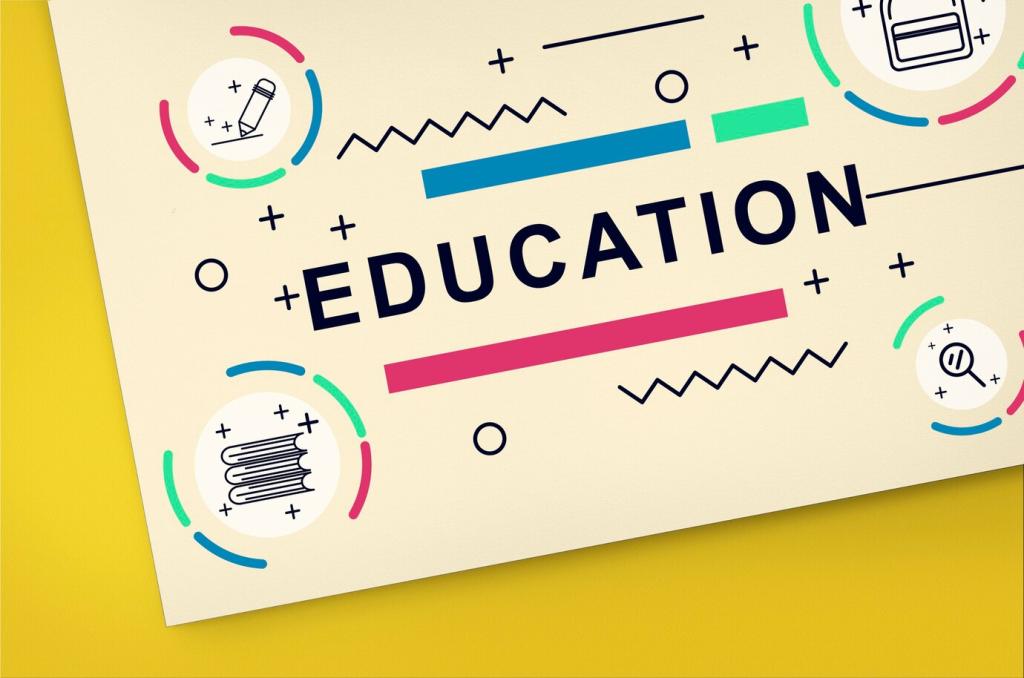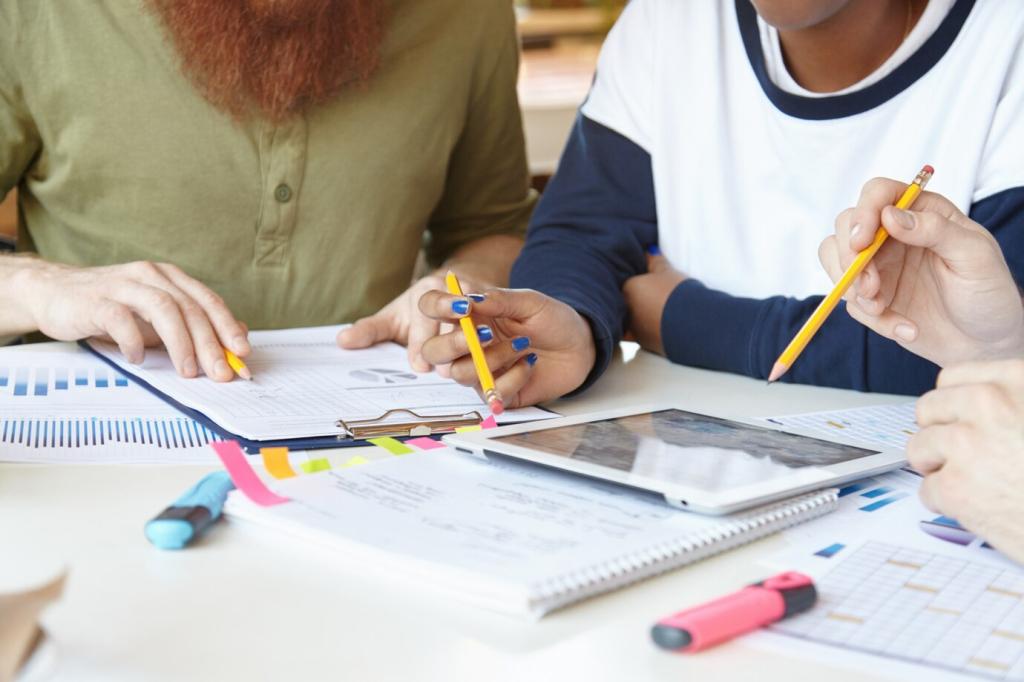Positive Behavior Systems Built for Speaking and Listening
Post three crisp norms linked to language actions: eyes on the speaker, hands signal help, voices match the task. Pair each with icons students recognize. Reference them during celebrations and corrections so accountability feels consistent, predictable, and connected to learning goals.
Positive Behavior Systems Built for Speaking and Listening
Adopt simple gestures for repeat, slower, or pause. Model them daily until they feel natural. Nonverbal tools rescue you from constant English detours, letting students signal needs while the target language keeps flowing without awkward stops or teacher-centered traffic jams.




